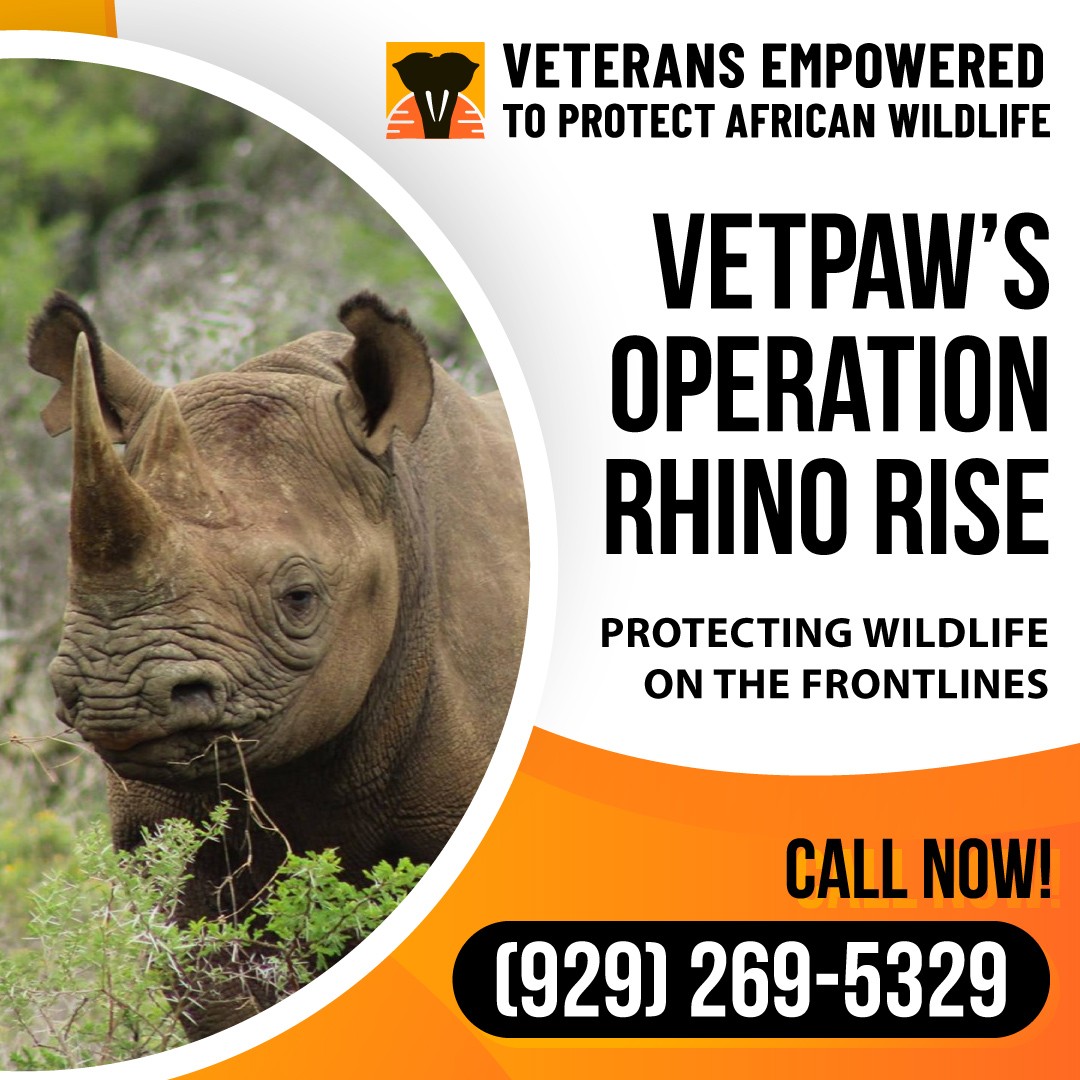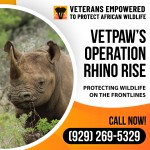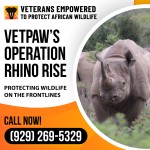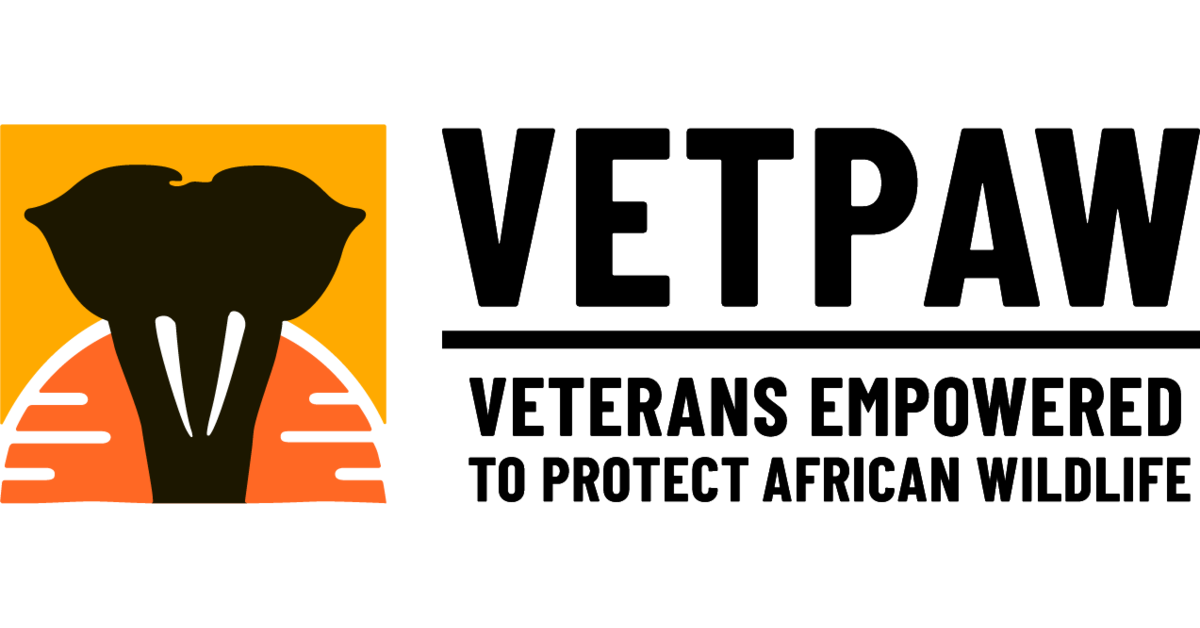Why is the rhino an iconic species?
The rhinos have roamed the earth for millions of years, playing an important role in the ecosystem. It is an iconic or a keystone species that significantly alters the habitat around it and thus affects a large number of other organisms. It is, however, an endangered species that is under immense threat from poaching and illegal wildlife trade.
VETPAW has been running the Operation Rhino Rise since 2014 to help increase the population of black rhino and other endangered wildlife to a realistic and sustainable number. In this blog VETPAW shares why the rhinos are so important for the whole ecosystem:
-
Geo-forming and waterholes
Rhinos are always found wallowing in mud puddles. This is what helps create natural waterholes and keep existing water holes open. Every time a rhino wallows, the fertile soil in the dams and waterholes is distributed farther and wider. The mini “wallow dams” around the edge of main waterholes and dams are safe drinking havens that protect certain species from predators who visit the permanent waterholes.
The rhinos, therefore, make a significant impact on the topography.
-
Provides nutrients to support complex food chains
Rhinos, by the virtue of their size, consume huge amounts of vegetation every day and produce more than 44 lbs of dung. This dung is not only used by rhinos to mark their territories but also fertilizes the soil that provides livelihoods for other species. For instance, Dung Beetles and birds such as the Crested Guineafowl find their meal in this dung in the form of insects and undigested seeds. These few examples showcase the extent to which rhinos affect the wildlife food chain.
-
Plays host to ectoparasites
Rhinos help sustain the food chain for many ectoparasites. The stomach botflies parasitize rhinoceros and their survival would be threatened if the rhino numbers declined. Rhinos host ticks as well which, in turn, sustain other species such as oxpeckers and terrapins.
-
Modifies vegetation
White rhinos mow the perennial grass to a height that provides suitable habitat for plant species such as carrot seed grass; ungulates like wildebeest; and birds such as longclaws and pipits. These species cannot survive in long-grass ecosystems. These rhino lawns also protect certain flora and fauna such as the tortoise that cannot tolerate veld fires.
Additionally, rhinos eat the tips of shrubs and low trees, keeping their growth in check. A decline in rhinos would result in these plants becoming overgrown thereby changing the landscape. This change is unsuitable for species such as antelopes, which leave the area eventually to find new grounds.
There are endless ways rhinos support the ecosystem, directly and indirectly. Their extinction will lead to a downhill spiral wherein more species will slowly die out. But this is a reality that conservationists across the globe are working to avoid.
VETPAW is one such organization that has been working tirelessly to protect Africa’s endangered species such as the rhino, elephants, cheetah, and pangolin. Currently, VETPAW has relocated 18 Black Rhinos to protected territory with the help of local government and private landowners. One of the main efforts of this operation is to introduce an additional 82 Rhino into the protected territory by 2022 via relocation and natural breeding.
A contribution to Operation Rhino Rise can make a massive difference to the wildlife conservation efforts.
VETPAW Charity Ratings
VETPAW believes in financial transparency. As a registered 501(c)(3) nonprofit, it relies on donations to fulfill its missions, but all contributions to its cause are tax-deductible as charity donations. All donations that VETPAW receives goes toward:
- Stopping illegal wildlife trade
- Protecting endangered animals
- Providing work to unemployed veterans
- Supporting African communities
VETPAW - Veterans Empowered to Protect African Wildlife
Founded in 2013, VETPAW is a non-profit organization and a community of US war veterans dedicated to protecting African wildlife and training local African rangers in the war against poaching.


























